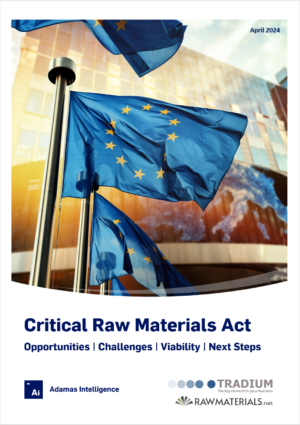Graphite deployed by EV type in August 2023

Plug-in hybrids record near doubling of graphite deployed
Globally 58,423 tonnes of graphite were deployed in newly-sold electrified cars in August 2023, representing a 53% increase compared to August 2022.
Full-electric passenger cars (BEVs) registered during the month were responsible for 43,396 tonnes of graphite deployed globally, an increase of 48% year-on-year.
Use of the anode material in plug-in hybrids (PHEVs) registered the greatest percentage increase across EV types with 7,296 tonnes deployed in August 2023, a whopping 96% more than the same month last year.
The rising deployment of graphite in PHEVs is consistent not only with the growing popularity of PHEVs among car buyers but the tonnage deployed was also boosted by a trend evident this year of automakers bulking up the capacity of batteries used in these range-extending EVs.
As expected, conventional hybrid vehicles (HEVs) deployed the least graphite during August 2023 at 229 tonnes, but this figure also represents a substantial year-on-year increase of 39% compared to August 2022. 
China tightens control of graphite exports
During the eight months through August 2023, graphite tonnes deployed in newly sold EVs totaled 377,739 tonnes, a jump of 50% compared to the same period in 2022 according to the Adamas Intelligence EV Battery Capacity and Battery Metals Tracker.
While silicon-doped graphite anodes have made inroads in recent years and are now used in several EV models, including those from Tesla, BMW and Rivian, pure graphite was the preferred anode for around 90% of battery capacity deployed onto roads in August.
Cell manufacturers often use a combination of natural and synthetic graphite to manufacture anodes. China has a virtual monopoly on graphite processing and synthetic graphite manufacture specifically, which is prized by cellmakers for consistency and purity.
China is also home to some 90% of global anode manufacturing capacity and last month Beijing announced that from December this year exports of some types of natural and synthetic forms of graphite would require permits.
China’s new graphite controls are another effort to respond to US restrictions on high-technology exports to the country and follow export curbs announced by Beijing in August on chip-making metals, gallium and germanium.
Adamas take:
The graphite export restrictions tabled by China will not limit exports of the material per-say, but rather will mandate that exporters first obtain a permit – largely mirroring what is already in place in the nation for rare earths. It enables Beijing to restrict flows to certain entities should it choose to. That said, we’re yet to see China do so with rare earths in the years since enacting an export permitting system for that industry.
EV, Battery and Battery Materials Market Intelligence:
EV Battery Capacity and Battery Metals Tracker
Building on ongoing EV registrations in over 110 countries, our web-based platform helps users track monthly deployment of battery metals and materials, battery capacity, and the ever-evolving competitive landscapes of battery chemistries and cell suppliers.
EV Battery Capacity Monthly
The ‘EV Battery Capacity Monthly’ is a subscription-based report for tracking monthly deployment of passenger EV battery capacity by EV type, region, country, make, model, cell supplier and cell chemistry on an ongoing basis.





